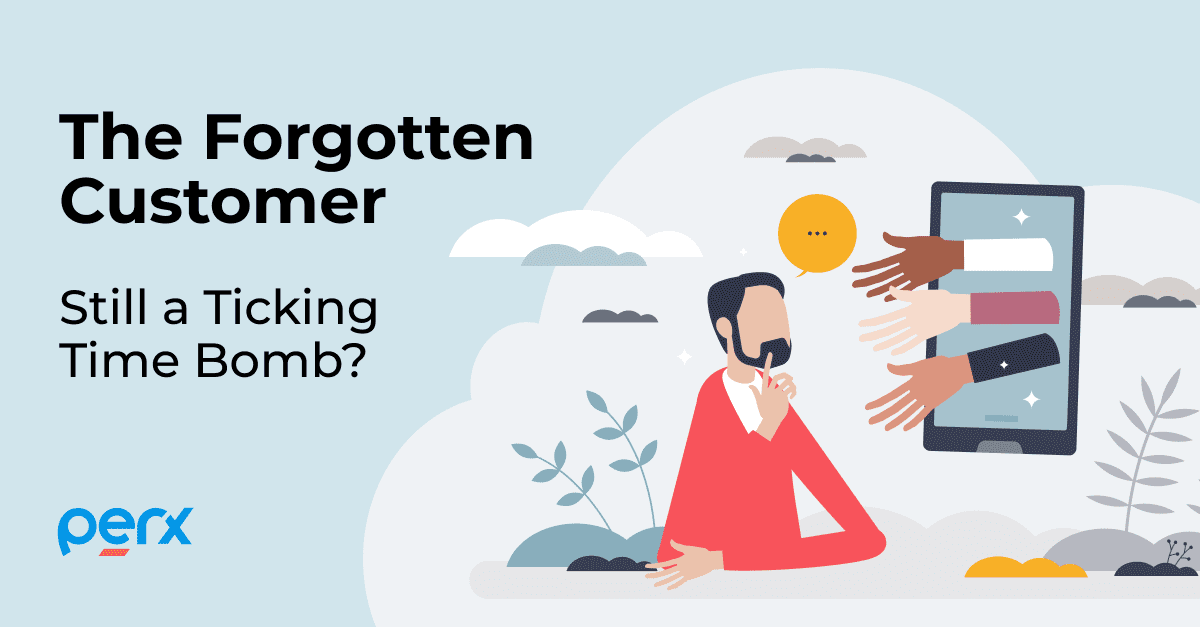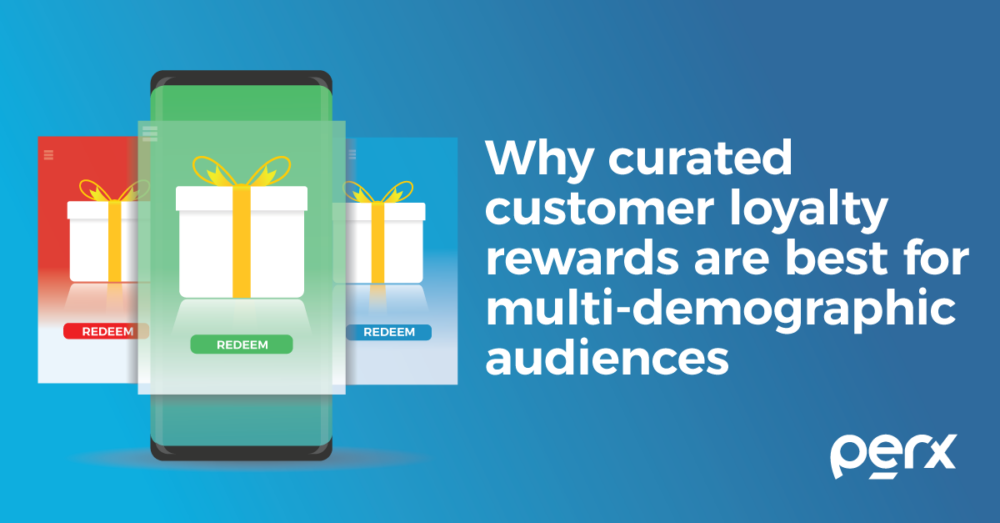Unlocking Loyalty Success: Why Partnering with Experts is Key to Successful Loyalty Programs in 2024

Unlocking Loyalty Success: Why Partnering with Experts is Key to Successful Loyalty Programs in 2024
Boost your program’s success by collaborating with loyalty experts
Capturing and retaining customer attention is more challenging than ever. With the average human attention span now at 8.25 seconds – shorter than that of a goldfish (9 seconds) – businesses must develop innovative strategies to engage their customers meaningfully and consistently.
An effective way to achieve this is via a well-designed loyalty program. By leveraging the expertise of professionals in the field, firms can create robust loyalty programs that not only retain customers but also foster deep connections, driving long-term growth.
The Importance of Loyalty Programs in 2024

In 2024, loyalty programs have evolved from being a mere add-on to a critical component of any company’s customer retention strategy. A well-crafted loyalty program fosters an emotional connection between the customer and the brand, building trust and enhancing the overall customer experience. This ultimately leads to increased revenue and improved data quality that can be harnessed for future growth.
Moreover, in the competitive battle for customer attention, it’s crucial to note that acquiring a new customer costs five times more than re-engaging an existing one. This underscores the importance of investing in a robust and effective loyalty program, making it more vital than ever.
Avoiding Common Pitfalls
While loyalty programs offer numerous benefits, not all are created equal. Here are some pitfalls to watch out for:
1. Complexity
Overly complicated loyalty programs, such as those with confusing rules or long-winded reward collection processes, can deter customers from actively engaging with the brand. Currently, about 31% of consumers find it too difficult to earn rewards from their loyalty programs.
2. Lack of Engagement
A loyalty program that doesn’t engage customers will fail to keep them interested. Without regular interactions, nudges, and incentives, customers may not see the value in participating. With 80% of customers believing that the experiences provided by a company are as meaningful as their products and services, firms must continue to innovate and delight in order to keep their consumers happy.
3. A One-Size-Fits-All Approach
A generic loyalty program that doesn’t consider the unique needs and preferences of different customer segments will struggle to maintain interest and relevance. Nowadays, personalization is key! Offering customers a way to choose their rewards, for example, not only delights and engages them, it also provides the firm valuable insights into their consumers’ preferences. In fact, 71% of customers expect personalization, and 76% mentioned an inclination to switch to a competitor if they don’t get it.
Choosing the Right Loyalty Partner(s)

To create a successful loyalty program and avoid common pitfalls, partnering with true loyalty experts is essential. Here are some key qualities to look for in a loyalty partner:
1. Experts in the Field
Loyalty experts bring extensive experience and a deep understanding of what works and what doesn’t in loyalty programs. They provide insights and strategies tailored to each firm’s specific needs and customer base. Their established relationships and industry connections can also offer firms the opportunity to reach a wider audience, engage in cross-promotions, and benefit from pre-existing customer trust.
2. Simplicity
Successful loyalty programs should provide customers with a simple and frictionless experience. This involves offering clear, straightforward processes for earning and redeeming rewards, and an intuitive, user-friendly interface to significantly enhance customer satisfaction, for example, to encourage active participation.
3. Localisation
To truly be effective, loyalty programs must be tailored to resonate with diverse international customer groups. Addressing local preferences and cultural nuances is key to enhancing the relevance and appeal of the program. As noted earlier, partnering with experts who have experience with international audiences can then be highly beneficial for achieving successful localisation and maximizing the impact of a firm’s loyalty initiatives.
4. Customer Engagement at the Core (i.e., Gamification)
Effective loyalty programs place customer engagement at the forefront. Gamification elements, such as challenges, leaderboards, and rewards for specific actions, can significantly boost engagement and make the program more enjoyable for customers. In fact, integrating gamification has been shown to increase user engagement by up to 50% compared to traditional marketing efforts, demonstrating its effectiveness in fostering deeper connections and driving active participation.
5. Transparency
Transparency is the foundation of building and sustaining any successful partnership. Encompassing more than mere openness, it involves a commitment to honest communication and accountability. By partnering with loyalty experts who are transparent about costs, for example, firms can ensure they know exactly where and how their investments are being spent, minimizing the risk of unexpected issues.
6. Security
Despite extensive efforts to protect customer data, firms remain at risk of data breaches. In fact, data breaches increased by 20% from 2022 to 2023, underscoring the critical importance of security in today’s digital age. Therefore, reliable loyalty partners must implement robust security measures to safeguard customer data and ensure the integrity of firms’ loyalty program.
7. Innovation (i.e., Artificial Intelligence)
In the realm of loyalty programs, artificial intelligence (AI) can help enhance customer experiences and streamline program operations. For example, by leveraging AI to analyze past customer behavior and predict future actions, businesses can make more informed decisions and stay ahead of the competition. This proactive approach allows companies to tailor their loyalty programs more effectively, setting them apart from others in the market.
Conclusion
In 2024, a well-designed loyalty program can be a powerful tool for retaining customers and driving repeat business. By partnering with loyalty experts who understand the intricacies of creating engaging and effective programs, firms can avoid common pitfalls and ensure that their loyalty programs deliver significant value to their customers. This ultimately helps them build thriving programs that foster long-term customer relationships and business success.
The Perx Advantage
With international exposure, versatile gamification features, and a globally recognized dual ISO certification, Perx stands out as a leading partner in the loyalty space. Our secure, proven solutions are designed to effectively engage your customers and elevate your loyalty program to new heights.
Book a demo today to see how Perx can transform your loyalty strategy!
Recommended for you

Blogs

Sustainability

Blogs

Blogs

Blogs
Global businesses have driven over 5 billion customer-brand interactions on Perx.
Ready to join them?




























